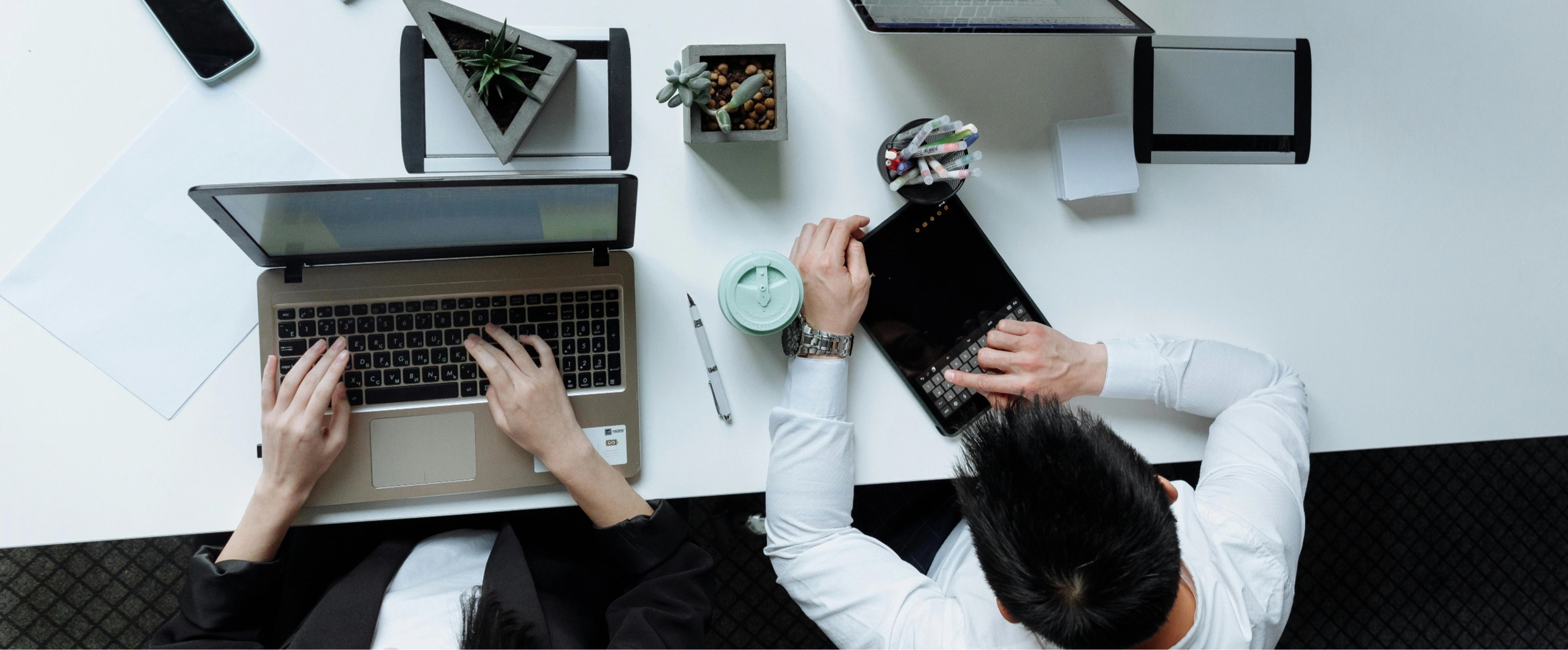-
Servicesexpand_more
Services arrow_right_alt
We offer expertise across diverse domains, providing bespoke solutions for various business needs. Explore our services and find the right fit for your goals.
-
Intelligence & Analytics
Data intelligence and analytics services to help businesses take informed decisions.
-
Application Development
Design, development and deployment of end to end enterprise applications for Web and mobile.
-
Mobile Development
Native, high performing enterprise mobile application development for iOS and Android.
-
Location Intelligence
Cloud based mapping software providing location analytics enabling users to optimize business opportunities.
-
Cloud Services
Secure cloud solutions to help businesses scale in a fast, reliable and economical manner.
-
Consulting
Personalized software consulting services and solutions by an in house expert team.
-
Traffic Analytics
Comprehensive OOH advertising solution for agencies, brands and media owners for effective marketing planning.
-
Media Campaign Planning
A complete media and campaign planning solution for media agencies, marketing planners, brands and advertisers.
-
E-Commerce
Integrate digital sales with rest of the value chain with automated, algorithm-driven critical tools and approaches.
-
Software Product Engineering
Product Focussed Software Design, Programming and Engineering Services for higher operational productivity.
-
-
Industriesexpand_more
Industries arrow_right_alt
We build intuitive software products and platforms that address unique industry challenges, streamline operations, drive efficiency, and deliver results tailored to each industry’s needs.
-
Productsexpand_more
Products arrow_right_alt
Explore our range of software products powered by AI and data analytics, trusted by businesses to optimize workflows and drive impactful results. See how our solutions help make a difference for you.
-
Purchasing.ai
A software for order generation and daily purchasing.
-
Locationwise
A location verification solution that turns images into tamper-proof evidence.
-
Machinedalal.com
An online marketplace for print and graphic machinery.
-
OOH
Outdoor media monitoring software to manage campaigns, vendors and clients.
-
Platform.meradesh.org
Electoral Technology that strengthens the Social Contract between Voters and their Representatives.
-
Meradesh.org
Open data visualisation platform of Hashbrown Systems.
-
Moshpit App
Remotely manage your retail branding, out-of-home advertising campaigns and manage assets on the field.
-
Brand Manager
Designed for senior executives, the Brand Manager mobile application is a user-friendly tool that streamlines marketing operations, minimizes waste and pilferage, and helps achieve campaign objectives.
-
Meridianapi.com
Meridian.API brings all relevant data assets to one place, provides critical consumer insights, and helps you build campaigns on proven data-driven strategies.
-
More Hashbrown Stories
Hashbrown Systems Case Studies
Bubna Advertising
Our first case study briefly analyses the first outdoor monitoring and compliance system for the largest outdoor agency in India by volume.
Case studyCompass
Our OOH Audit & Monitoring System uses Machine Learning techniques and a uniquely crafted allocation model to optimize fund allocation for 88 billboard locations, a breakthrough in the Out-of-Home Advertising & Marketing industry.
Case studySpotlight - Brand Sales & Distribution
An overview of digital transformation that employed cloud computing, data analytics, machine learning and location intelligence to create a constantly connected and data driven enterprise.
Case studyBuilding Digital Infrastructure for the Physical World
A triumphant tale of putting IOT to work for Out-of-home media owners and advertisers.
Case studyLatest Posts
Contact Us
We are constantly evolving, innovating and creating new products and services. If you have a specific problem that needs attention or you would just like to understand more about the scientific methods we employ, drop us a message and we will get back to you.
Hashbrown Systems is always at your beck and call.
Careers
Innovate, Create, and Grow with Us!
Be part of a dynamic team with expertise in building innovative software products. Discover career opportunities where your ideas innovate, and your skills shape the future.
Join Us